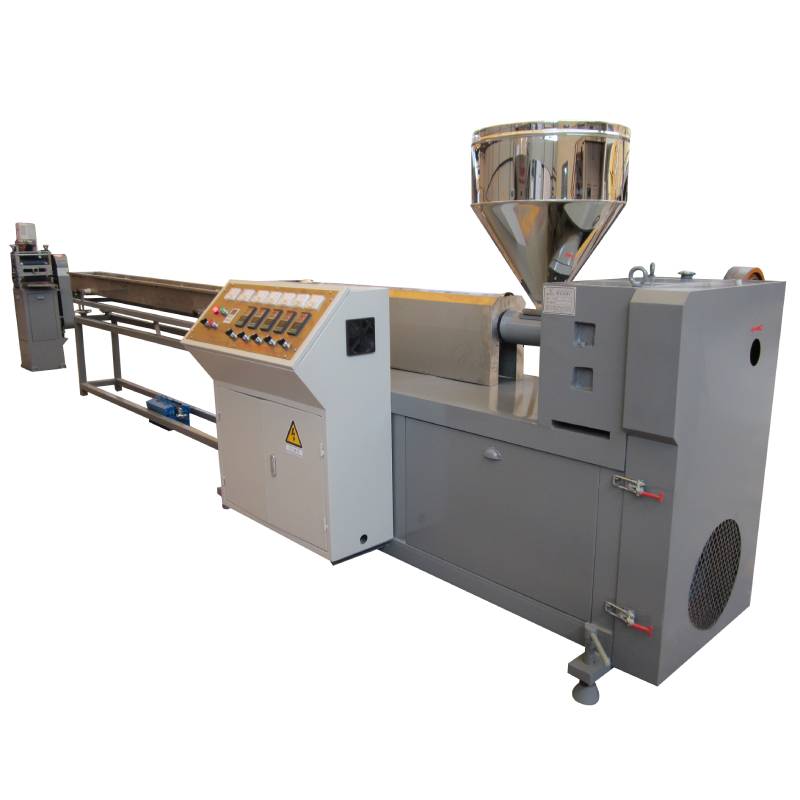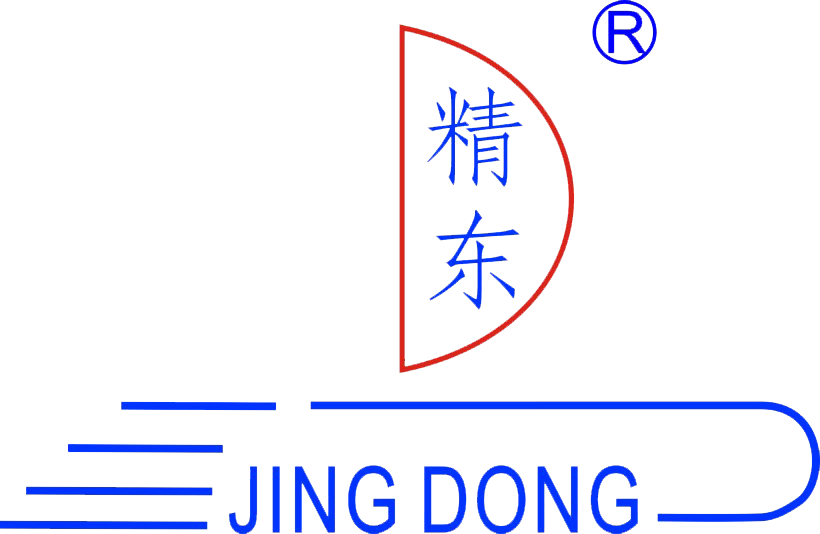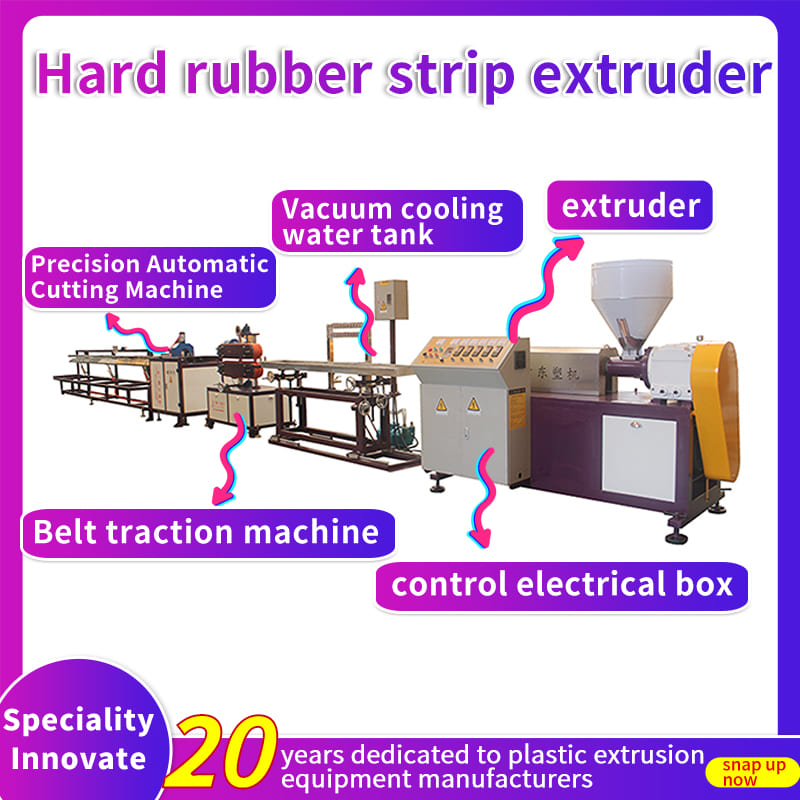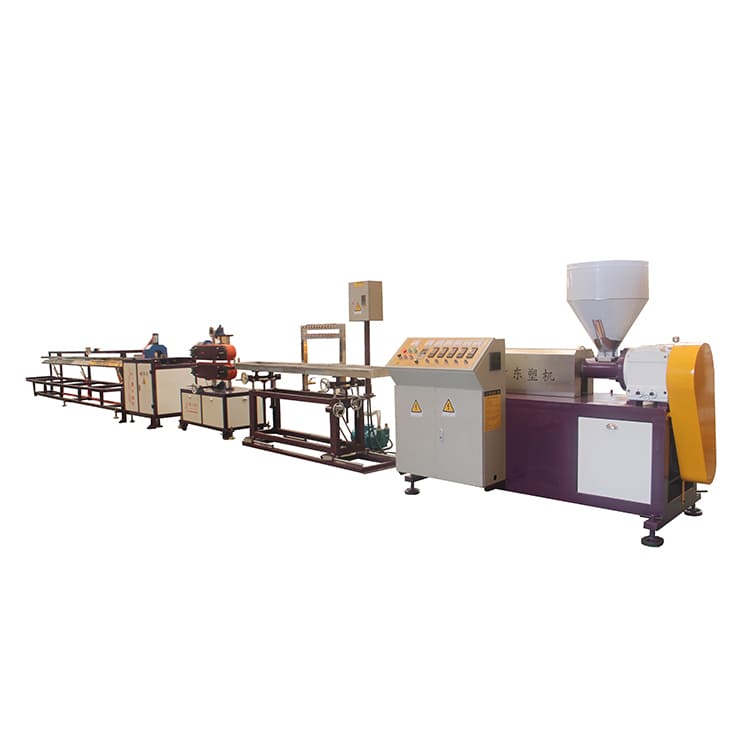
How Scalable Strip Extrusion Systems Improve Production Flexibility
In today's fast-paced manufacturing landscape, flexibility is key to staying competitive. Scalable strip extrusion systems can significantly enhance production efficiency and adaptability. This article delves into how these systems work and their benefits, particularly for businesses looking to optimize their plastic extrusion processes.
Understanding Scalable Strip Extrusion Systems
Scalable strip extrusion systems are advanced manufacturing solutions designed to produce continuous strips of plastic with varying dimensions and properties. These systems allow manufacturers to adjust production volumes and specifications quickly, making them ideal for businesses that require flexibility in their production lines.
Key Features of Scalable Strip Extrusion Systems:
Modular Design: The modular nature of these systems allows for easy upgrades and adjustments. Manufacturers can add or remove components based on production needs, ensuring that they can scale operations without significant downtime.
Precision Control: Advanced control systems enable precise adjustments to temperature, pressure, and speed, ensuring consistent product quality. This level of control is crucial for producing specialized strips that meet specific customer requirements.
Versatility: These systems can handle a wide range of materials, including thermoplastics and thermosetting plastics, allowing manufacturers to diversify their product offerings.
Benefits of Implementing Scalable Strip Extrusion Systems
Investing in scalable strip extrusion systems can provide numerous advantages for manufacturers:
Increased Efficiency: With the ability to adjust production rates and specifications on the fly, manufacturers can respond quickly to market demands, reducing lead times and increasing overall efficiency.
Cost-Effectiveness: By optimizing production processes, businesses can lower operational costs. The flexibility to switch between different products without needing extensive retooling saves time and resources.
Enhanced Product Quality: The precision control offered by these systems leads to higher-quality products. Consistent production parameters ensure that every strip meets the required specifications, reducing waste and rework.
Adaptability to Market Trends: As consumer preferences shift, manufacturers can quickly adapt their production lines to meet new demands. This agility is essential for staying ahead in a competitive market.
Real-world Applications of Scalable Strip Extrusion Systems
Many industries can benefit from scalable strip extrusion systems, including:
Automotive: Used for producing lightweight components that enhance fuel efficiency.
Construction: Ideal for creating durable profiles for windows, doors, and other structural elements.
Consumer Goods: Manufacturers can quickly adjust production lines to meet changing consumer preferences for packaging and other plastic products.
Recommended Product: Custom Plastic Profile Extruder
For businesses looking to enhance their production capabilities, consider the Custom Plastic Profile Extruder. This state-of-the-art equipment is designed to optimize the extrusion process, providing manufacturers with the flexibility and efficiency needed to thrive in a competitive market. The extruder features:
High Precision Control: Ensures consistent quality across various production runs.
Modular Components: Allows for easy upgrades and customization based on specific production needs.
Robust Design: Built to withstand the rigors of continuous operation, ensuring longevity and reliability.
Conclusion
Scalable strip extrusion systems represent a significant advancement in manufacturing technology, offering unparalleled flexibility and efficiency. By investing in these systems, manufacturers can enhance their production capabilities, reduce costs, and improve product quality. As the market continues to evolve, the ability to adapt quickly will be crucial for success. Embrace the future of manufacturing with scalable strip extrusion systems and watch your business thrive.







